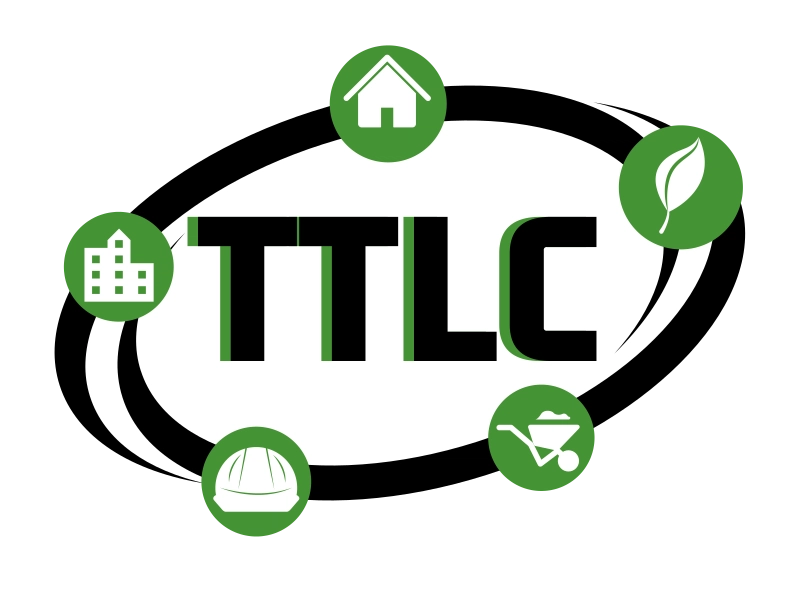Signs You May Need Gutter Guards
Gutter guards aren’t always necessary, but symptoms of blocked and overflowing gutters are clear. Signals of chronic gutter issues include:
- Mold growth, peeling exterior paint, or interior water stains on walls near gutters.
- Soggy ground or visible erosion around your house's foundation
- Frequent clogs that lead to overflow and water spilling over gutters
- Leaky joints or seams where water leaks from the gutters
- Visibly saggy, damaged, or misaligned gutters that no longer correctly direct rainwater
How To Choose a Gutter Guard Installer
Assess Their Experience
Providers with extensive gutter guard installation experience that have handled a wide variety of styles and models will know how to measure accurately and install guards to your home’s unique dimensions. Get in touch with these providers to get details regarding their experience and ask for local references.
Verify Proper Licensing and Insurance
Check that the businesses you're considering have valid licensing, bonding, workers compensation coverage, and general liability insurance. This safeguards you in case of any injury or accident that could arise. Ask potential providers for current licensing and insurance papers.
Choose Reputable Brands
Look for companies that provide tenured and trustworthy gutter guard brands like Gutter Helmet and LeafFilter. Avoid companies that only install generic no-name guards or their own off-brands, which may not have undergone rigorous quality control testing.
Seek Custom Fit Services
Gutter guards should be measured and trimmed on-site to match your gutters. Select a company that custom measures and trims guards for your home rather than using generic guards. Guards fitted for your home leave no gaps for debris accumulation.
Examine Warranties
High-quality gutter guard companies typically offer 20-year or lifetime warranties that protect against clogs, leaks, rust, and other problems. Before selecting a company, carefully read through the warranty terms for workmanship and materials guarantees. Warranties are an excellent way to protect your gutter investment.
Check Reviews and Referrals
It's a good idea to research online reviews on Google Reviews, Yelp, the Better Business Bureau (BBB), and other review sites to find customer feedback. Ask neighbors to suggest companies that provide quality local gutter guard installation. When researching, look for providers with consistently good feedback rather than only one or two sporadic reviews.
Types of Gutter Guards
The six most common types of gutter guards are as follows:
- Brush guards are made of large brush bristles that partially obstruct your gutters, allowing water to pass through while catching debris. Brush guards cost around $4.05 per linear foot.
- Foam guards are light and easy to install. This type of guard catches debris on the foam and keeps it out of your gutter. Foam guards cost around $2.47 per linear foot.
- Screen guards have large holes that allow water through while blocking debris. Screen guards cost roughly $4.47 per linear foot.
- Mesh guards stop debris but allow water to flow through. Mesh guards have even smaller holes than screen guards. They're durable and encourage debris to slide off rather than sitting on top of the gutters. On average, you can expect to spend $4.20 per linear foot for mesh guards.
- Micro-mesh guards are generally the most effective. They have smaller holes than regular mesh guards and allow even less debris through. Micro-mesh guards cost roughly $5.27 per linear foot.
- Surface tension guards, also called reverse curve guards, use surface tension to encourage water to flow into your gutter system while debris slides off. Normally, they are visible from the ground. Surface tension guards cost roughly $3.28 per linear foot.












